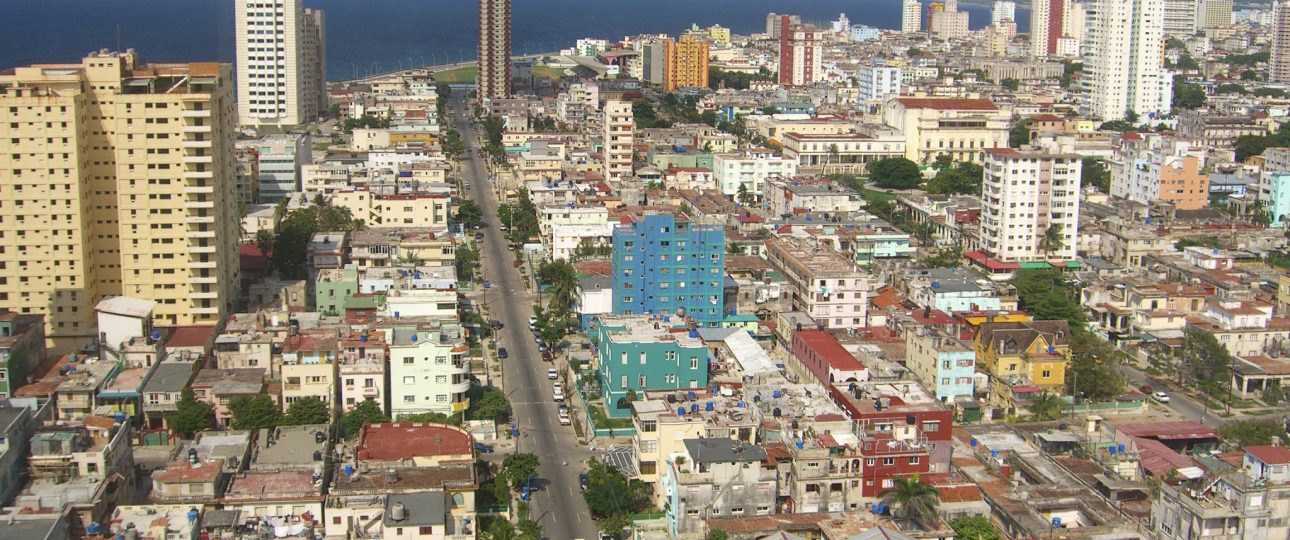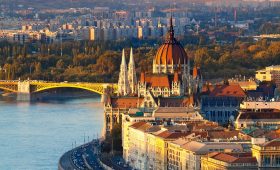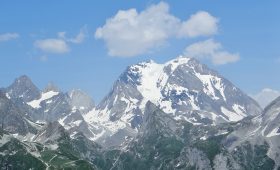Exploring Havana: A Journey Through Cuba’s Historic Capital
Welcome to Havana, Cuba’s vibrant capital, where history and culture blend seamlessly into a lively urban tapestry. Known for its colonial architecture, classic cars, and rhythmic music, Havana offers an experience that is both unique and unforgettable. From the iconic Malecón to the bustling streets of Old Havana, the city invites you to explore its rich heritage and spirited atmosphere.
A Historical Overview of Havana
Havana, or La Habana in Spanish, was originally founded in 1514 by Diego Velázquez de Cuéllar on the island’s southern coast. However, it was relocated to its current location in 1519, adjacent to what was then called Puerto de Carenas. The city’s strategic position made it a crucial military and commercial hub for Spain in the Americas. Over the centuries, Havana has evolved from a small port town into a bustling city, witnessing significant historical events, including pirate attacks and colonial struggles.
Havana’s architecture is a testament to its diverse history, featuring baroque, neoclassical, and Art Deco styles. The city’s well-preserved historical architecture has earned it a designation as a UNESCO World Heritage Site, celebrating its cultural and historical significance.
What Sets Havana Apart
Havana is a city that pulses with life and color. Here are some aspects that make it a distinctive destination:
- Cultural Fusion: The city is a melting pot of Spanish, African, and Taíno influences, offering a rich cultural tapestry.
- Classic Cars: Vintage American cars from the 1950s are a common sight, reflecting the island’s historical ties with the United States.
- Music and Dance: The sounds of salsa, rumba, and son fill the air, from street performers to renowned music venues.
- Architectural Diversity: Havana’s buildings, adorned with intricate details, provide a visual feast for visitors.
- Warm Hospitality: The locals are known for their friendliness, ensuring visitors feel welcome.
Optimal Time to Visit Havana
The ideal time to visit Havana is during the dry season, from November to April, when the weather is pleasant with lower humidity and minimal rain. This period is also the peak tourist season, so expect larger crowds. For a quieter experience, consider visiting in May or October, when the weather remains warm, albeit with occasional rain showers.
Traveling to Havana
Havana is accessible via José Martí International Airport (HAV), the city’s main gateway. Here are some travel tips:
- By Air: Direct flights to Havana are available from major cities in the U.S., Canada, and Europe. Check for travel restrictions and visa requirements before booking.
- By Land: If you’re already in Cuba, the Viazul bus service offers convenient connections to Havana from cities like Varadero and Santiago de Cuba.
Getting Around Havana
Exploring Havana can be an adventure. Here are some transportation options:
- Classic Cars: Hire a vintage car for a nostalgic tour of the city.
- Taxis: Choose from official yellow taxis or colorful private ones, and negotiate fares beforehand.
- Bicycle Taxis: Known as bici-taxis, these are an affordable and eco-friendly way to navigate the city.
- Public Buses: Local buses are economical but can be crowded, offering a more adventurous experience.
Highlights of Havana
Havana is rich in attractions that showcase its history and culture. Here are some key sites:
1. Old Havana (Habana Vieja)
A UNESCO World Heritage Site, Old Havana is the city’s historic heart, with cobblestone streets and lively plazas. Key spots include:
- Plaza de la Catedral: Featuring the stunning Cathedral of Havana, ideal for people-watching.
- Plaza Vieja: A vibrant square with beautiful architecture and inviting cafes.
- El Capitolio: Resembling the U.S. Capitol, it offers guided tours of its opulent interiors.
2. Malecón
This scenic waterfront promenade stretches for 5 miles along the coast, popular for leisurely strolls and sunset views.
3. Museo Nacional de Bellas Artes
The Museum of Fine Arts houses an impressive collection of Cuban art, from colonial to contemporary works, offering a deep dive into the island’s artistic heritage.
4. Revolution Square (Plaza de la Revolución)
A symbol of Cuba’s revolution, this square features the José Martí Memorial and large portraits of revolutionary heroes.
5. Fusterlandia
Located in the Jaimanitas neighborhood, this artistic area created by José Fuster is filled with colorful mosaics and sculptures.
Savoring Havana’s Cuisine
Havana’s cuisine is a delightful blend of Spanish, African, and Caribbean flavors. Must-try dishes include:
- Ropa Vieja: Shredded beef in tomato sauce, served with rice and black beans.
- Picadillo: Ground beef hash with onions, peppers, olives, and raisins, served with rice.
- Moros y Cristianos: A staple dish of rice and black beans cooked together.
- Yuca con Mojo: Boiled cassava root with garlic sauce.
- Tostones: Fried green plantains, a popular snack or side dish.
For dessert, try Flan, a creamy caramel custard, or Tarta de Tres Leches, a moist cake soaked in three types of milk.
Experiencing Havana’s Nightlife
Havana’s nightlife is as lively as the city itself. Here are some venues to explore:
- La Casa de la Música: Known for live music and dancing, featuring local bands.
- Jazz Café: A cozy spot for jazz enthusiasts, offering live performances.
- Club Tropicana: Famous for its cabaret shows with dazzling performances.
- El Floridita: Hemingway’s favorite bar, renowned for its daiquiris.
Practical Tips for Visiting Havana
To ensure a smooth trip to Havana, consider these practical tips:
- Currency: Cuba is transitioning to a single currency, the Cuban Peso (CUP). Carry cash, as credit cards are not widely accepted.
- Language: While some locals speak English, knowing basic Spanish phrases can enhance your experience.
- Internet Access: Wi-Fi is limited; consider purchasing a local SIM card or using Wi-Fi hotspots in parks and hotels.
- Safety: Havana is generally safe, but take common precautions, such as avoiding poorly lit areas at night.
Havana is a city rich in history, culture, and spirit. Whether you’re exploring its historic streets, savoring local cuisine, or enjoying its vibrant nightlife, you’re sure to create unforgettable memories in this enchanting city. Pack your bags and embark on an adventure in the heart of Cuba!




